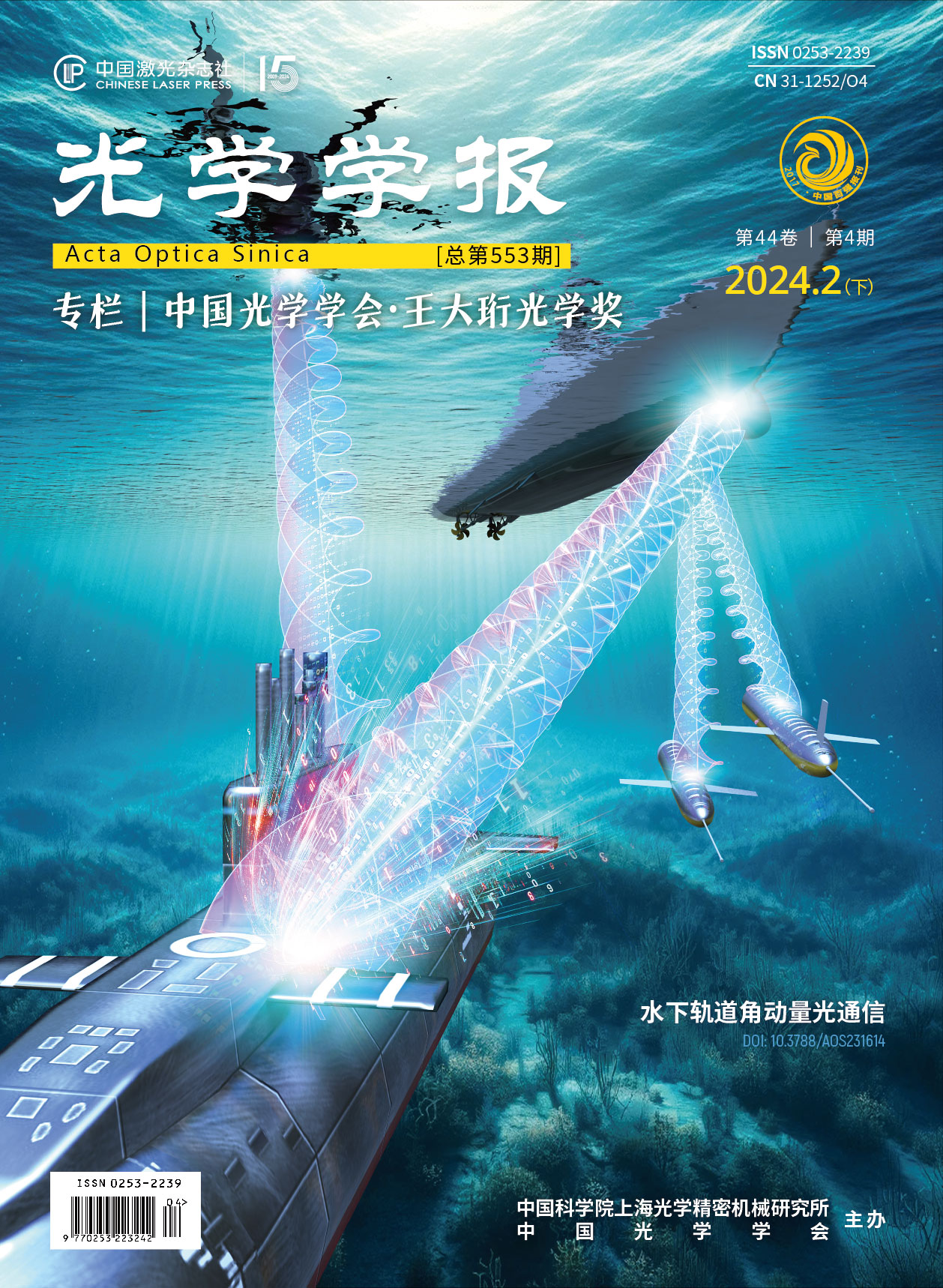金属光栅表面等离激元与二硫化钨激子的强耦合特性【增强内容出版】
In recent years, strong coupling between surface plasmons and excitons has become a research hotspot in light-matter interactions. As an important two-dimensional material, transition metal dichalcogenides (TMDs) have caught extensive attention due to their unique optoelectrical properties. TMD monolayers are direct band gap semiconductors and their excitons have large transition dipole moments and binding energy, which is beneficial to realize the strong coupling between photons and excitons at room temperature. Surface plasmons in metallic nanostructures feature near-field enhancement and small mode volume, providing an effective platform for realizing its strong coupling with excitons. Recently, the strong coupling has been achieved between surface plasmons and TMD excitons in plasmonic systems such as metallic nanoarray, nanoparticles, and nanocavities. One-dimensional (1D) metallic grating is a typical plasmonic structure, in which the coupling effect between surface plasmons and TMD excitons has been rarely studied till now. Thus, we investigate the plasmon-exciton strong coupling behavior in the 1D metallic grating integrated with monolayer tungsten disulfide (WS2).
We build a simulation model by adopting the finite-difference time-domain (FDTD) method and numerically investigate the coupling effect between surface plasmons in the gold grating and excitons in monolayer WS2. The dielectric constants of gold and monolayer WS2 are described by the Drude model and high-order Lorentz model respectively. The spectral response and electric field distribution of the gold grating structure and gold grating/monolayer WS2 hybrid structure are calculated. We study the dependence of reflection spectra on the structural parameters (grating pitch p, width l, and height h) in the gold grating and gold grating/monolayer WS2 hybrid structures. Based on the temporal coupled-mode theory, we build a model of optical coupling between surface plasmons in the gold grating and excitons in monolayer WS2 and thus derive the theoretical formula of the reflection spectrum from the hybrid structure. The temporal coupled-mode theory is employed to fit the reflection spectra of the hybrid structures. Thus, we obtain the fitting parameters containing plasmonic and exciton decay rates and coupling strength in the hybrid structures with different grating heights. Then, the coupled oscillator model is utilized to calculate the splitting energy of the reflection spectra from the gold grating/monolayer WS2 hybrid structures. Finally, the dependence of the reflection spectrum on the environmental refractive index is studied by FDTD simulation.
The results show that the reflection spectrum of the gold grating with the pitch p = 400 nm, width l = 300 nm, and height h = 95 nm possesses an obvious dip at the wavelength of 620 nm due to the generation of surface plasmons. When the monolayer WS2 is integrated with the gold grating, the plasmonic reflection spectrum will be split. There is an obvious reflection peak at 620 nm wavelength in the original reflection dip with two reflection dips around the peak [Fig. 1(b)]. The electric field of the gold grating is mainly localized at the vertex of the gold grating. With a monolayer WS2, the electric field intensity is weakened [Figs. 1(c) and 1(d)]. With the increasing pitch, width, and height, the reflection dip of the gold grating has a red-shifted [Figs. 2(a), 3(a), and 4(a)]. The reflection spectra of the hybrid structure are fitted by the temporal coupled-mode theory, and they are in good agreement with the simulated spectra [Figs. 2(b), 3(b), and 4(b)]. We find that the fitted decay rate and coupling strength are not sensitive to the height of the gold grating, and the plasmonic resonance frequency decreases with increasing h (Fig. 5). The analyzed results yielded by the coupled oscillator model show that the coupling between the surface plasmons and the excitons in the hybrid structure satisfies the criterion of strong coupling with the Rabi splitting of 54.6 meV (Fig. 6). The relationship between the coupling spectrum and environmental refractive index is studied in the hybrid structure. The wavelength difference between the two reflection dips is found to be approximately linear with the refractive index, which provides a possible way for optical sensing (Fig. 7).
The coupling characteristics of surface plasmons in the gold grating and excitons in monolayer WS2 are studied. The spectral response and electric field distribution of the 1D gold grating/monolayer WS2 hybrid structure are simulated by the FDTD simulation. The results show that the coupling between surface plasmons in the gold grating and excitons in monolayer WS2 can generate spectral splitting. The reflection spectra of the hybrid structure with different structural parameters are fitted by adopting the temporal coupled-mode theory. The fitting results are in good agreement with the numerical simulation. The theoretical analysis shows that the coupling between surface plasmons in the gold grating and excitons in the monolayer WS2 satisfies the strong coupling criterion. The Rabi splitting of coupling spectra from the hybrid structure is 54.6 meV, which is consistent with the temporal coupled-mode theoretical result. The simulation results show that the wavelength difference between the spectral dips of strong coupling presents nearly linear relations with the environmental refractive index, which will offer a new way for optical sensing. Additionally, this work will provide a new method for plasmon-exciton strong coupling in metallic grating integrated with TMDs and its applications in optical devices.
苏盈文, 陆华, 石首浩, 李頔琨, 王向贤, 赵建林. 金属光栅表面等离激元与二硫化钨激子的强耦合特性[J]. 光学学报, 2024, 44(4): 0424002. Yingwen Su, Hua Lu, Shouhao Shi, Dikun Li, Xiangxian Wang, Jianlin Zhao. Strong Coupling Between Surface Plasmons in Metallic Grating and Excitons in Tungsten Disulfide[J]. Acta Optica Sinica, 2024, 44(4): 0424002.







